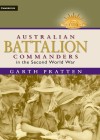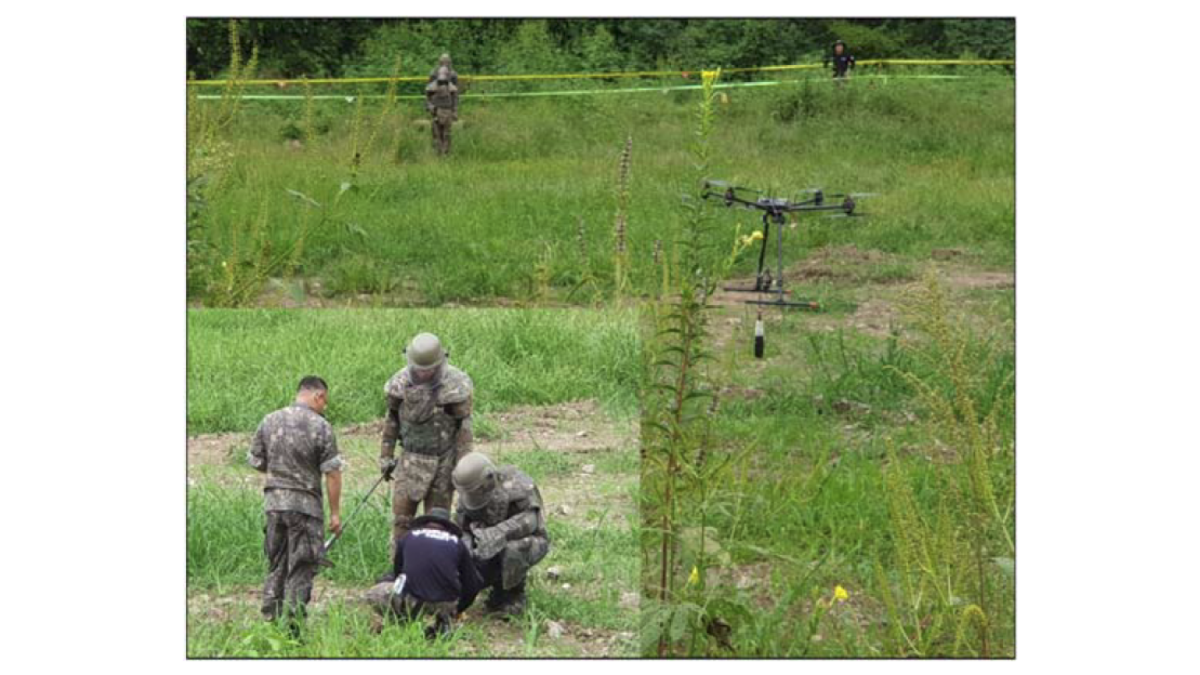Book Review - Australian Battalion Commanders in the Second World War
Australian Battalion Commanders in the Second World War
Written by: Garth Pratten,
Cambridge University Press, Melbourne, 2009,
ISBN: 9780521763455, 456pp.
Reviewed by: Craig Stockings
Despite its rather uninspiring title, and the fact that it began life as a PhD thesis—and at times reads as such—Garth Prattehs book, Australian Battalion Commanders in the Second World War, is an important contribution in an under-represented area of Australian military historiography. Over the decades the acolytes of Charles Bean have done a comprehensive job at idolising the heroic deed and sacrifice of Australian ‘diggers’ at war. So too, a healthy tradition of military biography has ensured that our generals have had their time in the sun. But what of that vital link in between? What about the ‘Old Man’? What about the commanding officers that ran the war at a unit level? It is at this historical ‘gap’ that Pratten’s book is aimed—and where it squarely hits its target. Key issues such as the background, role, influence and conduct of Australian commanding officers are all examined in this book—most for the first time.
In its overall form, style and subject matter, Pratten’s work is unique. In a field too often clogged with repetitious narratives and ‘ripping yarns’, Pratten’s analytical approach to the issue of unit command in the Second World War is refreshing. So too, his willingness to move past commemoration or hero worship of the deeds of past servicemen into the realm of real critique and judgment is a healthy contribution. Alongside accounts of successful command relationships and decision-making at a unit level, he is unafraid to call poor leadership by its true name—and describe its consequences. Pratten does not pull his punches. This is not a popular or dominant tradition within Australian military history, but it is a key strength of his book.
The second factor that sets Pratten’s work apart, and which should earn it a place on military reading lists and on the bookshelf of anyone interested in military history rather than military myth, is the breadth and scope of the research that underpins it. Pratten’s judgments of various commanders, command institutions, practices and performances are based on a balanced reading (and understanding) of a wide range of sources. His personal opinions surely shine through—but they are opinions based on careful analysis, not private fancy. His arguments are logical and insightful. His points are well made. The rather scathing appraisals of unit commanders in 8 Division during the Malayan Campaign, or the (in)actions of certain commanders a little earlier in North Africa and Greece, are cases in point in this regard. So too, his careful statistical arguments that demonstrate that Australian commanding officers during this conflict were not necessarily the democratic, representative cross-section of Australian society that Anzac imagery might have us believe.
Given the numbers of Australian commanding officers that fought, the wide variations in combat circumstances for Australian Infantry units in battle from 1941–45, and the enormous variations in character and leadership styles on display, it is no small achievement to have put together a coherent work on the issue of battalion ‘command’ in the Second World War. Pratten, however, has succeeded— and with considerable aplomb.
Those with a passion for military history—I recommend you buy this book. Those more comfortable with new versions of the same old Anzac fables, however, may perhaps be better served sticking to the bestsellers.



